
Puebla is east of Mexico City. Colonial architecture, pottery, and cooking date back centuries. Many buildings use the area's painted Talavera tiles.
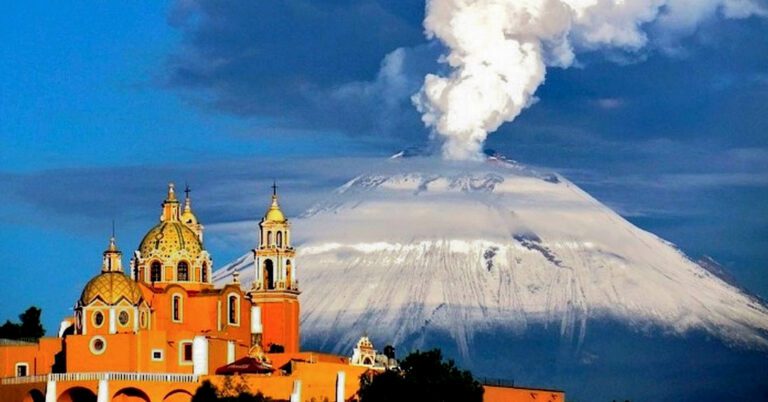
Puebla was founded in 1531. It's about 100 km east of Mexico City, near the base of the Popocatepetl volcano. It was a UNESCO World Heritage Site in 1987.
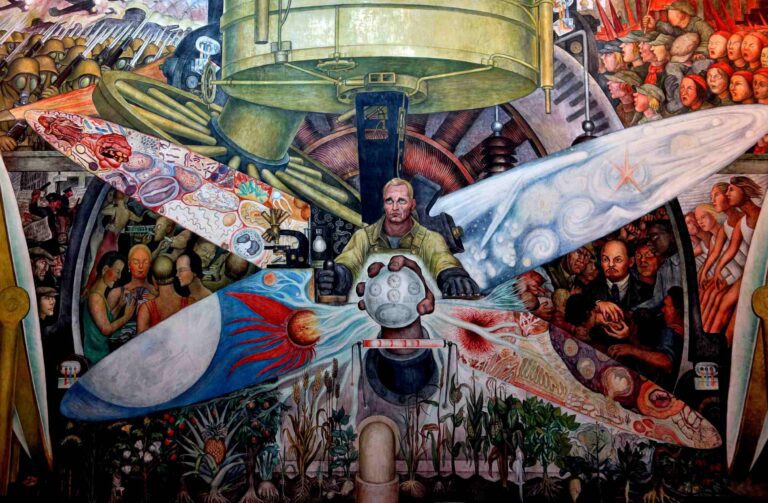
Palacio de Bellas Artes, Mexico City was built between 1904 and 1934. A big theater, a music hall, the Palace of Fine Arts Museum, and the National Museum of Architecture are all inside the palace
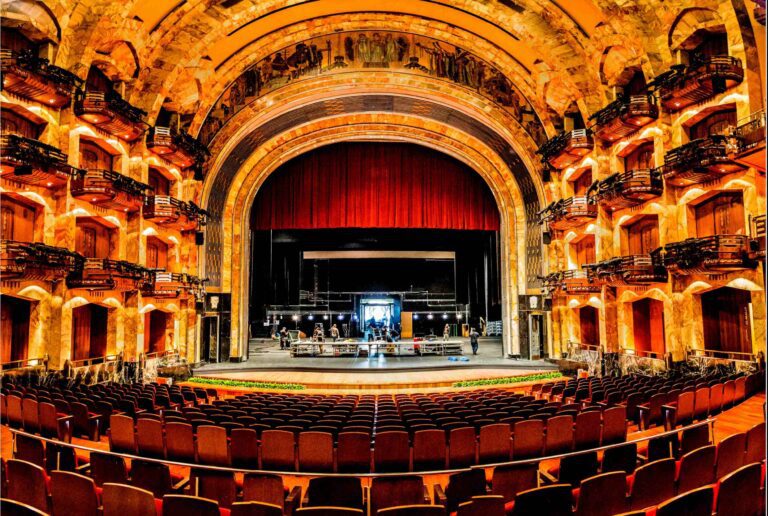
Mexico City was built by the Spanish on Tenochtitlan ruins and Historic center of Mexico City and Xochimilco were declared UNESCO World Heritage Site in 1987.
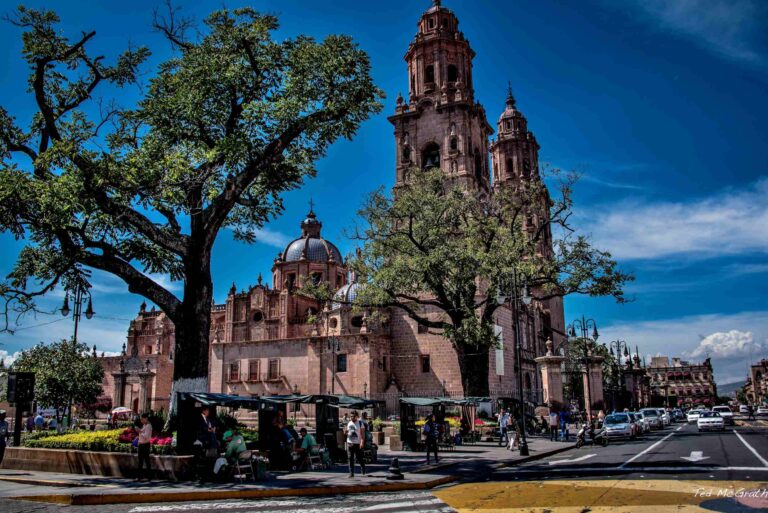
Morelia is in Michoacan, Mexico. The city is between the Chiquito and Grande rivers on the Central Plateau. It became a UNESCO World Heritage Site in 1991.
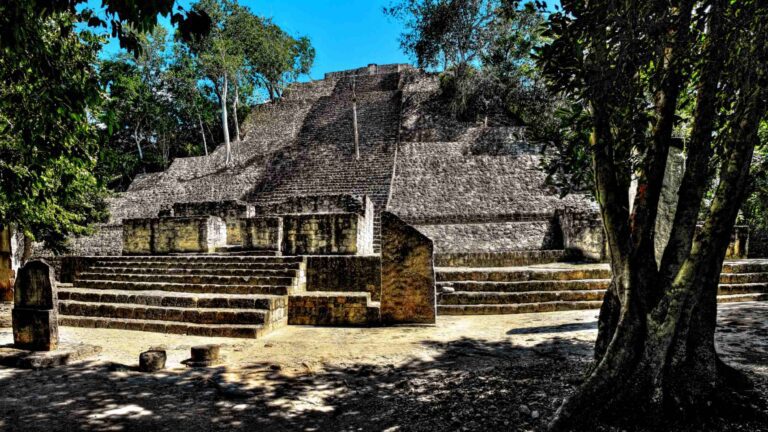
The ancient Maya city of Calakmul and the surrounding protected tropical forests are located in the state of Campeche, Mexico. Calakmul ruins are renowned for their historical significance as a major Maya city and their ecological importance as a protected forest area. Calakmul was one of the most powerful and significant ancient Maya cities during the Classic period. It was a major center of political, economic, and religious activity within the Maya civilization. The city is known for its impressive architectural structures, including temples, pyramids, palaces, and ball courts. One of the most notable features of Calakmul is its monumental architecture, particularly Structure II, which is one of the tallest pyramids in the Maya world. The Calakmul Biosphere Reserve, which surrounds the ancient city, is one of the largest protected tropical forest areas in Mexico. The reserve is home to diverse flora and fauna, including various species of mammals, birds, reptiles, and plants. It’s considered a critical habitat for biodiversity in the region and plays a crucial role in maintaining the health of the ecosystem.
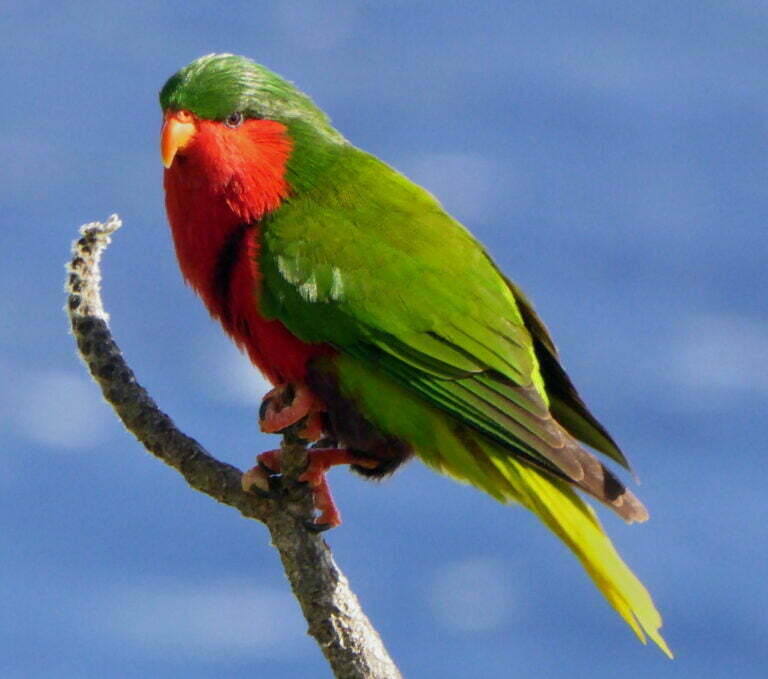
The marine reserve on Henderson Island, United Kingdom of Great Britain and Northern Ireland, made it a UNESCO World Heritage Site in 1988.
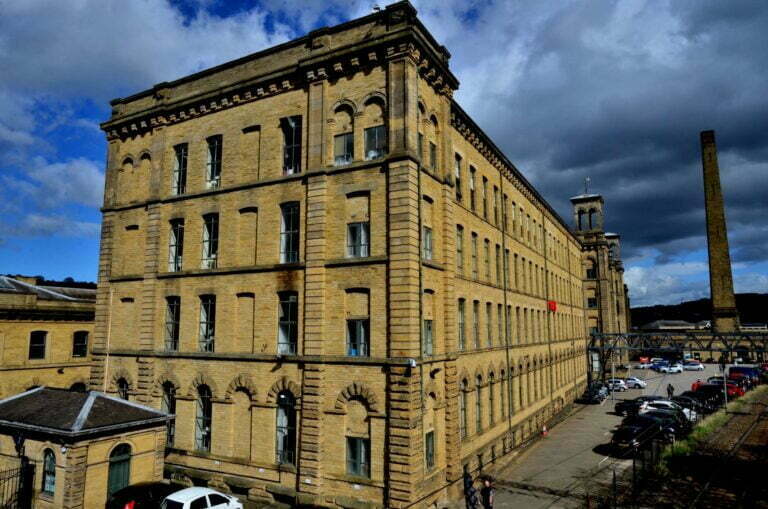
Saltaire, a Victorian model village in West Yorkshire, UK, carries a rich history dating back to its founding in 1853 by Sir Titus Salt. Named after its founder and the nearby River Aire, Saltaire was conceived as a model community to provide improved living conditions for workers in the burgeoning textile industry. Today, the village remains an essential part of the European Route of Industrial Heritage. Sir Titus Salt, a renowned textile manufacturer, relocated his textile mill operations from Bradford to the Saltaire area in 1851. This transformational move allowed him to organize his workforce and position the textile mill adjacent to the Leeds and Liverpool Canal and the railway. Architects Francis Lockwood and William Mawson were commissioned for the project. Saltaire's inception coincided with other similar endeavors, like Edward Akroyd's work in Copley and Henry Ripley's project in Ripley Ville, albeit on a smaller scale. Here's an overview of Saltaire:
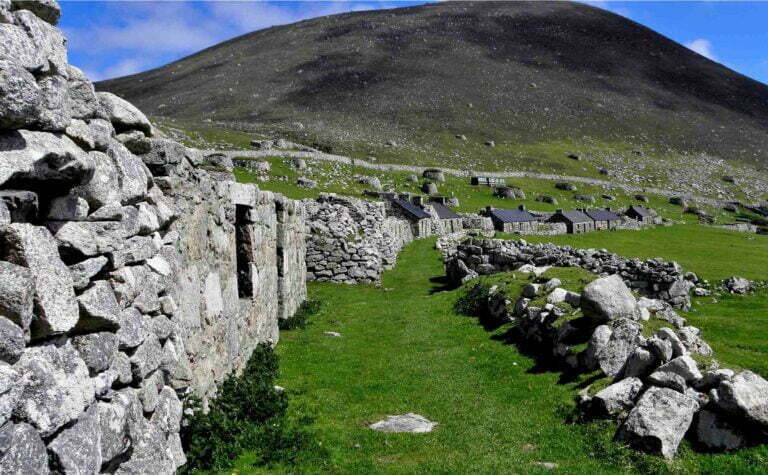
St Kilda is a group of small islands in the Atlantic Ocean. These Scottish islands, part of the United Kingdom of Great Britain and Northern Ireland, became a UNESCO World Heritage Site in 1986.

Christ the Redeemer, or Cristo Redentor in Portuguese, is a huge statue of Jesus Christ on top of Mount Corcovado in Rio de Janeiro, Brazil.
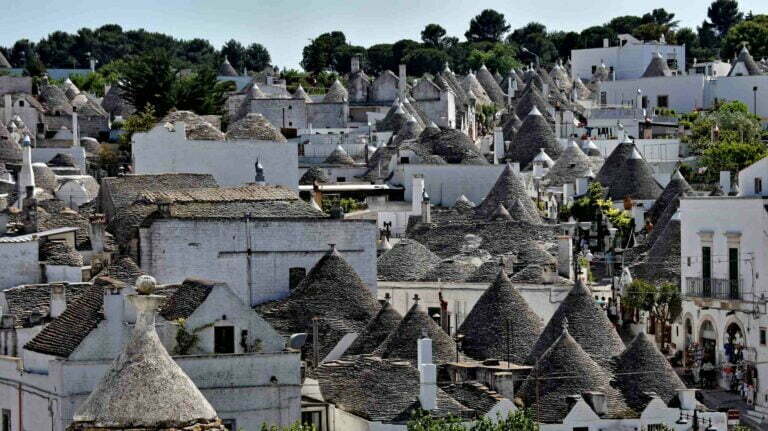
Trulli of Alberobello are dry-stone buildings, part of Bari's metropolis, and Alberobello is in Apulia, southern Italy, a UNESCO World Heritage Site since 1996.
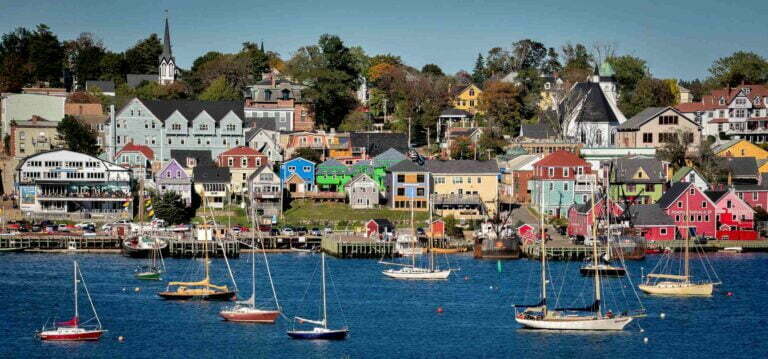
Lunenburg is a town in Canada’s province of Nova Scotia, on the south shore of the province. Old Town Lunenburg was named a UNESCO World Heritage Site in 1995.












